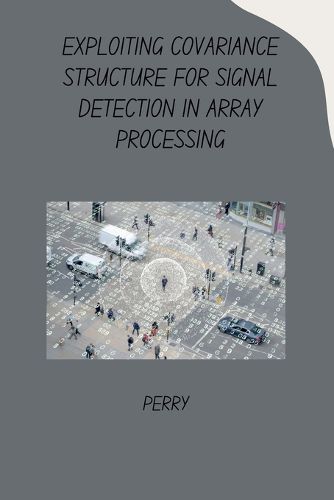Readings Newsletter
Become a Readings Member to make your shopping experience even easier.
Sign in or sign up for free!
You’re not far away from qualifying for FREE standard shipping within Australia
You’ve qualified for FREE standard shipping within Australia
The cart is loading…






Array processing involves utilizing multiple sensors (e.g., antennas) to collect data from a spatial environment. The primary objective is to extract the desired signal from a mixture of noise and interference. Several techniques exist for signal detection, including beamforming, matched filtering, and likelihood ratio tests. These methods typically rely on assumptions about the signal and noise characteristics. However, real-world environments often violate these assumptions. Noise may not be purely white (uncorrelated) and can exhibit spatial coherence. Additionally, interference might be structured and non-stationary. Here's where exploiting the covariance structure of the received data becomes advantageous.
$9.00 standard shipping within Australia
FREE standard shipping within Australia for orders over $100.00
Express & International shipping calculated at checkout
Array processing involves utilizing multiple sensors (e.g., antennas) to collect data from a spatial environment. The primary objective is to extract the desired signal from a mixture of noise and interference. Several techniques exist for signal detection, including beamforming, matched filtering, and likelihood ratio tests. These methods typically rely on assumptions about the signal and noise characteristics. However, real-world environments often violate these assumptions. Noise may not be purely white (uncorrelated) and can exhibit spatial coherence. Additionally, interference might be structured and non-stationary. Here's where exploiting the covariance structure of the received data becomes advantageous.